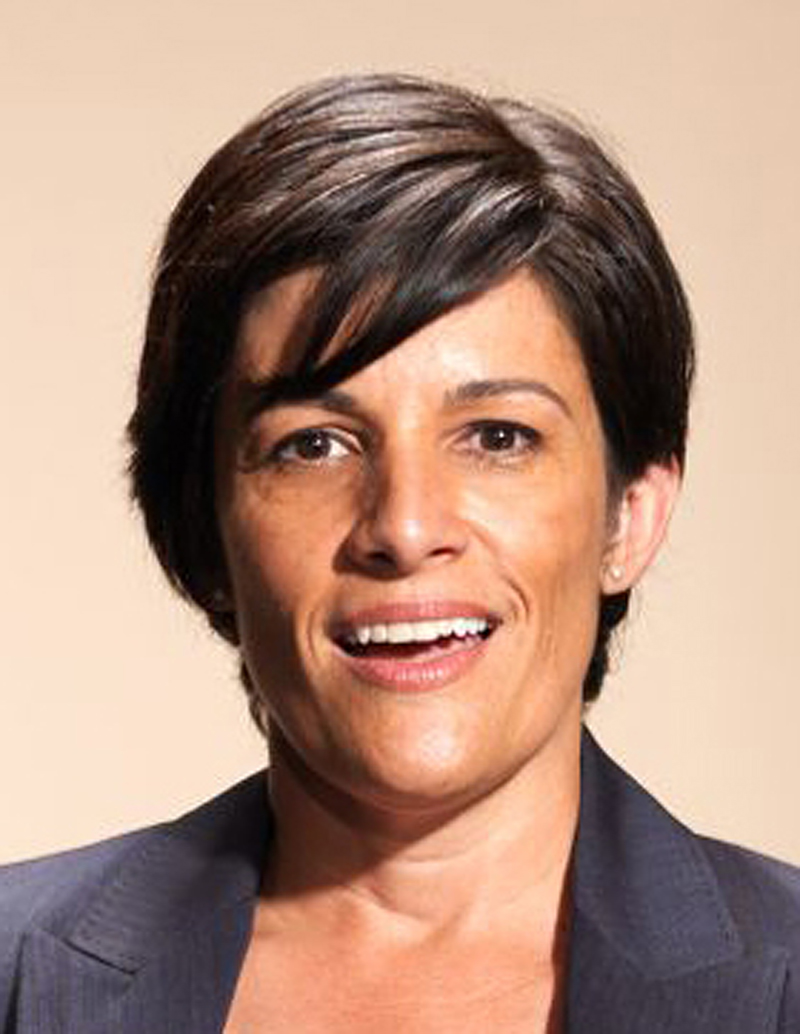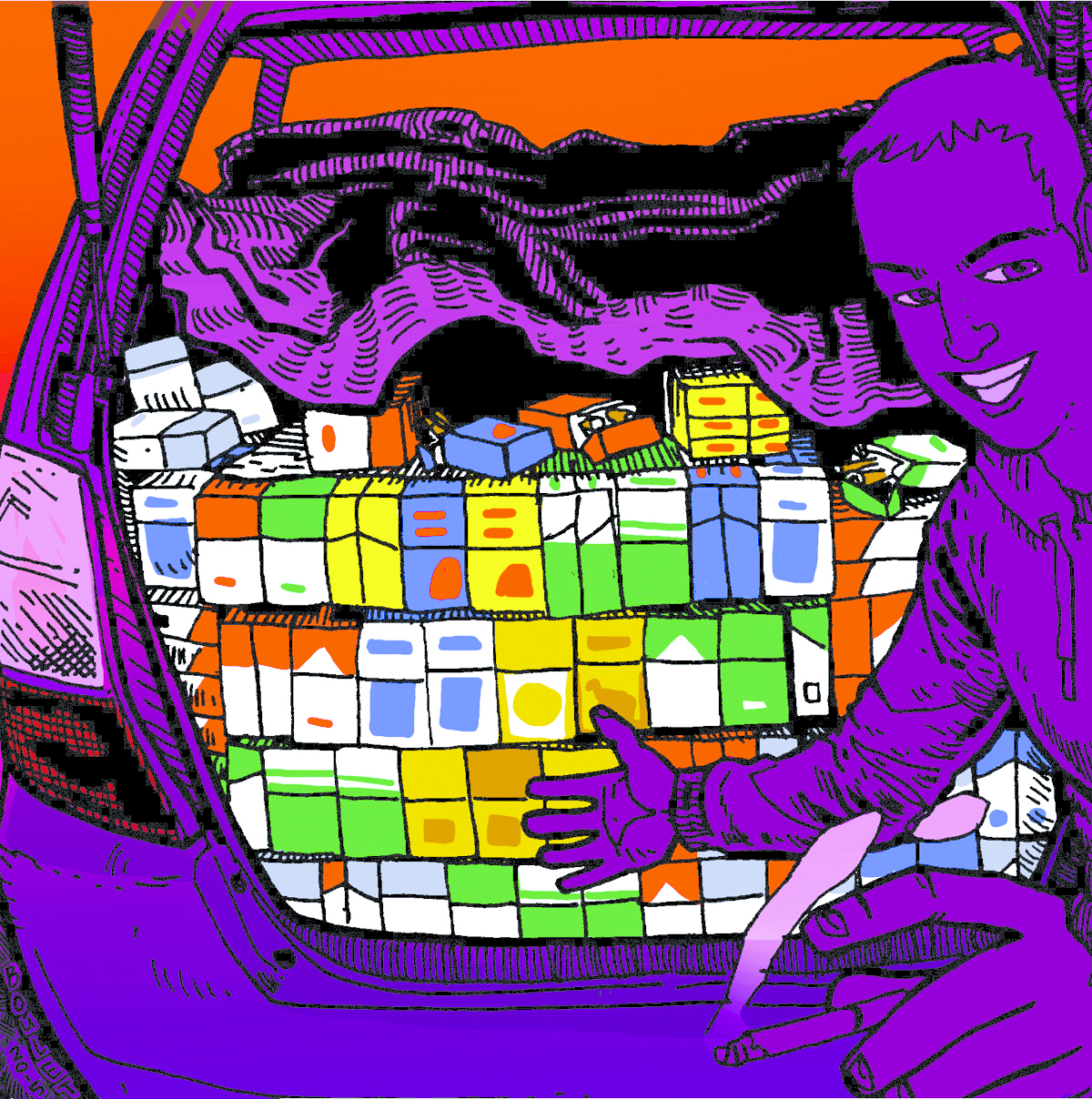On Monday, New Approach Washington released its latest ad in support of Initiative 502, diving into one of the areas everyone involved in the marijuana-legalization debate seems to agree on: Kids shouldn’t smoke weed.
Featuring a woman billed as a “Washington mom” sitting Cleaveresquely on someone’s front porch, the ad sticks to the established I-502 talking points, arguing that passing the initiative, which would legalize marijuana use for those over age 21, will actually make it tougher for kids to get their hands on pot.
Naturally, not everyone is buying it.
Through what the ad refers to as the “tight control” I-502 will establish on the sale of marijuana, including strict penalties for selling pot to minors, the New Approach Washington message is based on the nearly unarguable premise that current marijuana policy has failed miserably. The ad says I-502 will generate millions of dollars that can be used on prevention and education, and that passing the initiative is “just common sense.”
“Young people have easy access to marijuana, and of course drug dealers don’t check IDs,” says the woman playing the part of “Washington mom,” arguing that it’s time for a new approach to marijuana policy in our state.
Kevin Sabet, a former senior adviser with the White House Office of National Drug Control Policy and current director of the Drug Policy Institute at the University of Florida College of Medicine, is an established critic of I-502. He scoffs at the idea that passing the initiative will make it more difficult for kids to get their hands on weed, and says that approving I-502 will likely create a situation in which both the black market and sneaky weed-selling big business (think Big Tobacco) will target kids.
“That argument is completely flawed,” says Sabet of New Approach Washington’s latest advertising effort. “Alcohol and cigarettes are legal today for those 21 and 18, and kids have no problem accessing those two addictive substances. In fact, these legal drugs are implicitly marketed to kids, and completely normalized. Why would it be any different for marijuana?
“If marijuana is legal for those over 21, the well-established black market will simply shift to exclusively targeting kids,” Sabet continues. “There are some legitimate arguments for changing current policy, but saying that legalization would lower teen use is completely contrary to over 40 years of evidence on the effect of price and legality on consumption.”
New Approach Washington’s Alison Holcomb also cites the shadow of Big Tobacco in her arguments, though she’s obviously in favor of I-502. Holcomb says we should learn the lessons of the fight against teen tobacco use. “It wasn’t necessary to start arresting adult cigarette smokers to cut youth smoking rates in half. Instead, we tightened up advertising regulations to prevent marketing to children, and invested in information campaigns that helped kids make smarter choices,” says Holcomb.
“The notion that the black market is going to shift its focus to the under-21 crowd is absurd,” she says of Sabet’s dire predictions. “Are underage drinkers keeping bootleggers in business?”
Like a seasoned sparring partner, however, Sabet is quick to pounce on successes claimed in the fight against tobacco. “If legalization advocates want to hang their hat on the tobacco experience, let’s not forget that most of our history has been spent fighting Big Tobacco’s lies. Do we think it will be any different for marijuana?” says Sabet.
“The bottom line is this: Voters will need to decide if Washington state is going to be the guinea pig this November—or more accurately, should the kids of Washington be the guinea pigs? This will affect them the most,” Sabet says.
For Holcomb, this is a familiar, and ultimately unconvincing, argument against change. “The key point is that what we are doing now isn’t keeping marijuana out of the hands of kids,” Holcomb says. “Relinquishing control of marijuana to the black market, and arresting adults for using marijuana, is an expensive, unnecessary, and failed strategy for preventing youth use of marijuana.”








